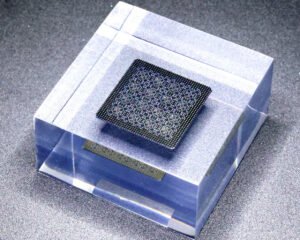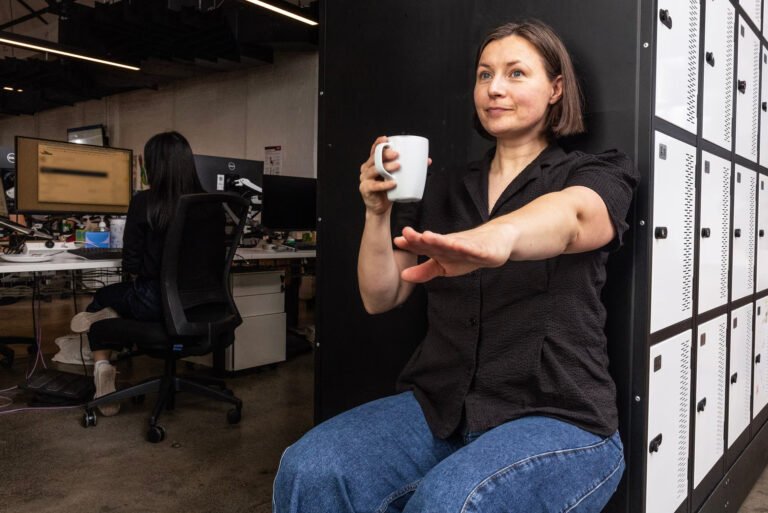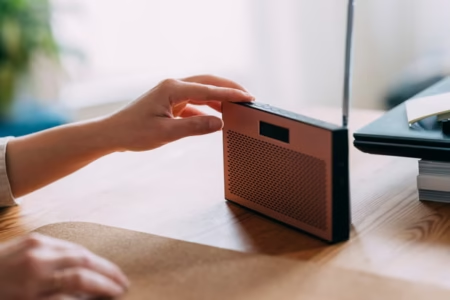Sitting at a desk all day can take a serious toll on your health, contributing to poor posture, stiffness, and long-term risks like heart disease and diabetes. But short bursts of movement – just a few minutes at a time – can make a real difference. Experts suggest “micro-workouts” throughout the day to help build strength, improve balance, and stay active without leaving your office.
Calf raises are a simple start. Stand with your weight evenly on both feet and lift your heels slowly, then lower them with control. You can do this while waiting for a kettle or coffee. Wall sits are another effective exercise: press your back against a wall, bend your legs to 90 degrees as if sitting in an invisible chair, and engage your core, hamstrings, and quadriceps. Holding the position for 30 seconds or longer strengthens lower body and hip muscles.
Balancing on one leg improves stability and posture. Try standing on one leg with your eyes closed, then switch sides, gradually increasing the time you can hold. Taking the stairs is a great way to add vigorous activity to your day. For an extra challenge, do step-ups and step-downs, engaging your glutes and core as you lift each leg carefully.
Upper body strength can be maintained with elevated incline push-ups. Use a bench or wall, keep arms at shoulder width, and engage your core. Start with five to ten reps and increase over time. A modified farmers’ carry is also helpful: lift a weight such as a parcel or backpack at arm’s length, keeping your shoulders and back engaged while holding your core tight. Hold for 10–15 seconds and repeat.
Leg marches are effective for both hips and core. Stand tall and lift each knee toward your hip, alternating legs slowly while maintaining balance. Lateral flexion stretches the torso and hips: stand next to a wall, cross one ankle over the other, and lean sideways like a “banana,” feeling a gentle stretch along your side. Squats are a powerful full-body exercise. With feet hip-width apart, hinge at the hips and lower as far as comfortable, keeping your chest up and back straight. Squats activate large leg muscles and glutes, boosting energy expenditure.
Finally, walking at your desk is simple but effective. Use a walking pad or pace around your workspace. Even slow, consistent walking throughout the day adds movement, burns calories, and supports long-term health.
Experts recommend aiming for 150 minutes of moderate-intensity or 75 minutes of vigorous activity each week, along with muscle-strengthening exercises twice a week. While micro-movements alone may not be enough, they are an accessible way to start building strength and improving health gradually. By incorporating small, manageable exercises into your day, you can make a meaningful difference to your fitness without leaving your desk.







